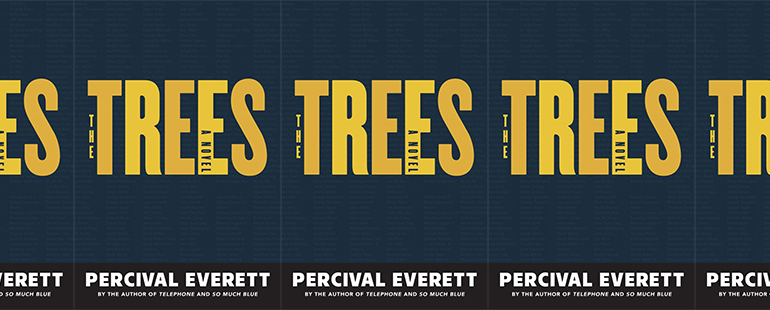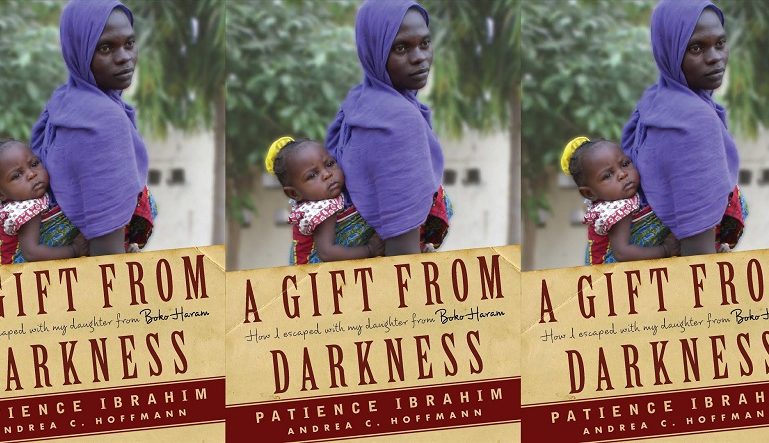Unending American Horror in The Trees

The Trees
Percival Everett
Graywolf | September 21, 2021
The Trees, Percival Everett’s new literary thriller, revolves around a Mississippi scandal that explores our nationwide web of racist violence and imagines justice for Emmett Louis Till, a 14-year-old Black boy who was lynched in 1955. Set in Money, Mississippi (the place of Till’s lynching), the book centers on a surreal premise. Someone is killing white men—mostly racist white men—and the racist white victims appear almost always with the corpse of a Black person beside them. But, the Black corpses suddenly disappear, replaced by photographs of Emmett Till in their place.
Unraveling across over a hundred crisp chapters, the novel moves quickly. There are bloodied hands, a detective narrative, deadpan and slapstick satire, profanities, and obscenity. The FBI gets involved, of course, and, as if on cue, a tone-deaf address is delivered by the president. The novel’s tension is pervasive and the gore of the crimes permeates the readers’ minds, creating an intimacy that forces readers to look closely at what could otherwise be just another case they’d read about in the news. In one scene, detectives recall an episode of violence as they drive to Memphis: “People should rent out that very room and sleep in that very bed and step through that very door and stand on that balcony and realize what happened there. People should know, understand that not all Thursdays are the same.”
Everett also uses symbolism to convey deeper meaning—namely the titular trees. The trees play an important role in the book, referring both to trees from which lynched victims were hung and to family trees that point to the perpetrators of past crimes. The tree motif lends the book an elegiac strain. Everett writes: “I got me two dead crackers in the morgue and a dead nigger running around maybe killin’ people and gettin’ hisself killed over and over again. What is anybody supposed to think?” In a culture that easily forgets, quickly moving from one injustice to another, the trees seldom forget.
Towards the end of the novel, as the bodies pile up, detectives seek answers from a local doctor who has been documenting every lynching in the country for years. This uncovers a buried history and leaves a frothing America on the brink of a civil war. The event feels like the events of a kind of personal utopia, or perhaps like something that is bound to happen. Everett closes the book with a hair-raising description of the scene, using metaphors of weather and atmosphere to represent the collision of an indescribable number of different economic, political, and social issues, making us realize that there will never be enough deliberation on these horrors:
Whatever it was called, it was at least five hundred bodies strong and growing and had abandoned all stealth. The congregation could be seen cresting a ridge then coming down toward town like a tornado. And like a tornado it would destroy one life and leave the one beside it unscathed. It made a noise. A moan that filled the air. Rise, it said, Rise. It left towns torn apart. Families grieved. Families assessed their histories. It was weather. Rise. It was a cloud. It was a front, a front of dead air.
The scene is an occasion ripe enough to make people hopeful for the future, lending it an air of poignance, and Everett evokes weather as an apt metaphor for the unceasing violence against Black people in the United States, equating the whims of white people to the violent unpredictability of nature. Black people in America can be killed for reasons just as vague and small as ever. In the end, names of the victims continue pouring in, signifying that no metaphors will ever be adequate and that the catastrophe is unending. A darkly amusing read, The Trees directly addresses racism, police brutality, and a culture of violence in a way that’s as urgent as it is uproarious


